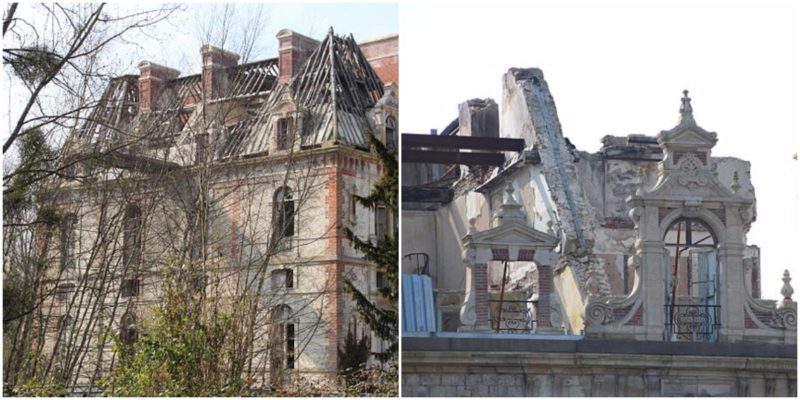The Castle of Bonnelles (Château de Bonnelles) is a partially ruined building with huge historical and cultural value located in the village of Bonnelles, near the town of Rambouillet (department of Yvelines in the region Ile-de-France), France. After years of standing in disrepair, today it is undergoing a complete renovation.
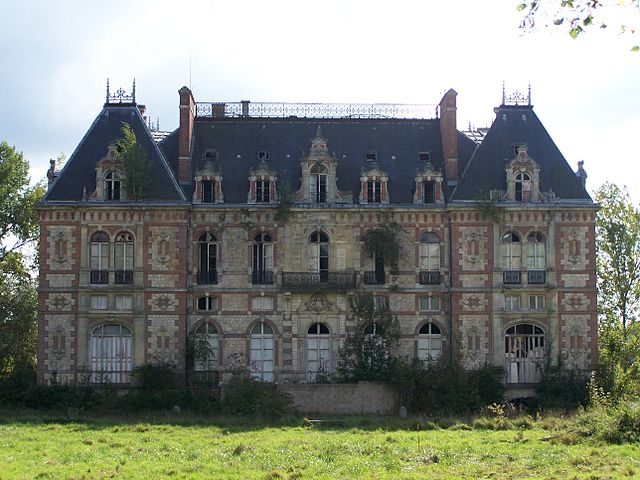
The story of the site begins in the late Middle Ages. Those days members of La Villeneuve family built the first castle. Through the years the castle was enlarged and reconstructed several times. It was severely damaged by fire in 1724, and in 1764, the structure was torn down. On the same site, another castle was erected. This castle was two times bigger than the first one and had a rectangular shape. Ornamental structures were also built throughout the garden.
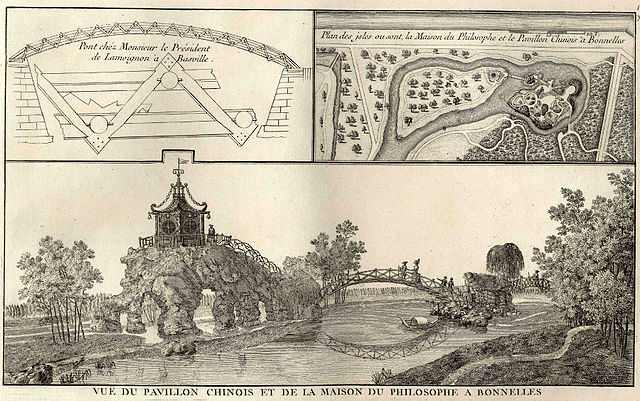
But, because of political reasons, at the end of 18th century, the state confiscated the property and the owner (the 10th Duke, Marie-Francois Emmanuel de Crussol) had to emigrate from France. The property was left abandoned for a few years and during this time it deteriorated. He returned to France and succeeded in regaining his land and even enlarging it.
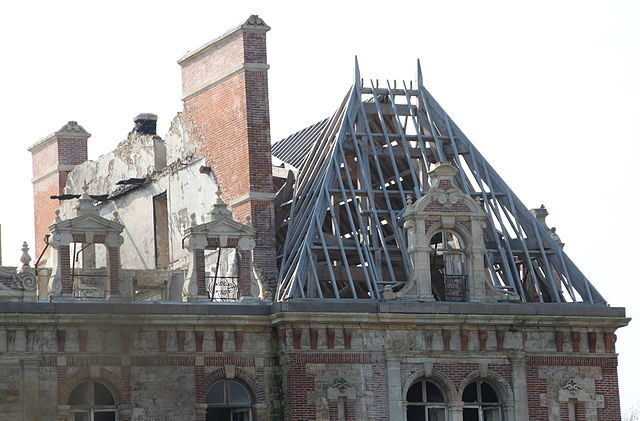
The construction of the current extravagant castle started in 1847 and was completed in 1849. It was designed and built by the famed architects Joseph-Antoine Froelicher and Clément Parent for the 11th Duke of Uzès.
The wishes of the owner were to apply Renaissance architectural style to the new building, or more precisely, the so-called Louis XII architectonic style (the revival of this style at the end of the 19th century was called neo-Louis XIII style). The castle was frequently used as a summer villa and the whole property served as a hunting area with 2,000 hectares.
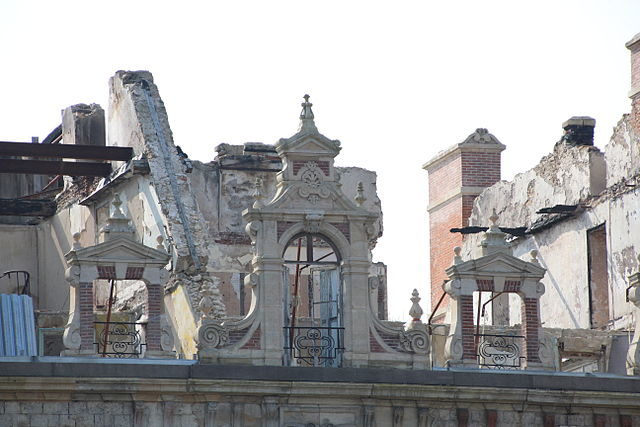
It is interesting that the story of the new castle is connected with the amazing life of Anne de Rochechouart-Mortemart, the Duchess of Uzès. The granddaughter of the widow of Cliquot (owner of the famous champagne), she married the 12th Duke of Uzès, Emmanuel de Crussol d’Uzès, in 1867 and fell in love with the castle.
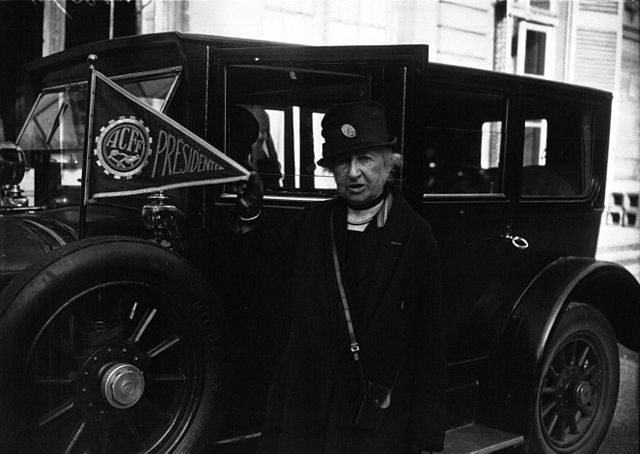
The Duchess of Uzès was passionate about hunting and the property quickly became her preferred place of residence. From 1906 until her death in 1933, she summered in the Bonnelles Castle. At any time she had 28 gardeners, 48 maidservants and many other employees at her disposal. Every room and every wall were designed according to her wishes.
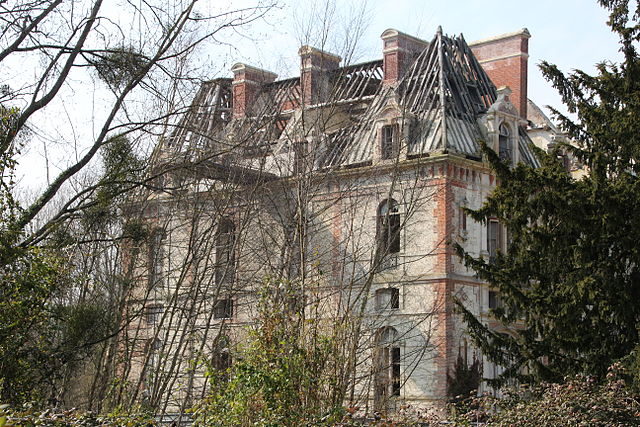
The Duchess of Uzès was emancipated woman too. In 1897 she was the first woman in France with a driver’s license, and she was the first individual to be fined for speeding. In Bois de Boulogne (a Parisian public park), she drove her car at 9 miles per hour when the maximum speed limit in that area was 7 miles per hour. Her fanatic devotion to hunting could be seen at the Bonnelles annual hunting party. During this hunting festival in the Rambouillet Forest, over 2,000 deer were killed. In the days of the World War I the countess adapted the castle into a military hospital and worked as a nurse there too. Towards the end of her life, when she was 80 years old, she got a pilot’s license. Her open mind and her free spirit were intertwined in the walls of the castle and in the whole property.
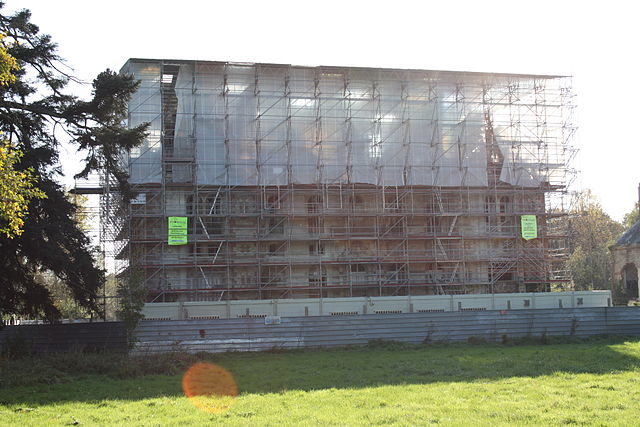
After her death, the castle passed through many owners, but none were so profoundly connected with it as the Duchess of Uzès. The castle was slowly forgotten, and in 1990, it was completely abandoned. For more than 25 years it stood abandoned and deteriorating. The roof, ceiling, and the interior were totally ruined. The facade was gradually overtaken by vegetation. But, luckily, when photos of the poor shape of this historic structure were made public, it instigated an effort to save the old building. Now the castle has a new owner and renovations have been progressing since the beginning of 2017. In the near future, it will become an attractive condominium with 44 apartments. According to the project, the design in the apartments will be atypical: modern elements mixed with old-fashioned style.
